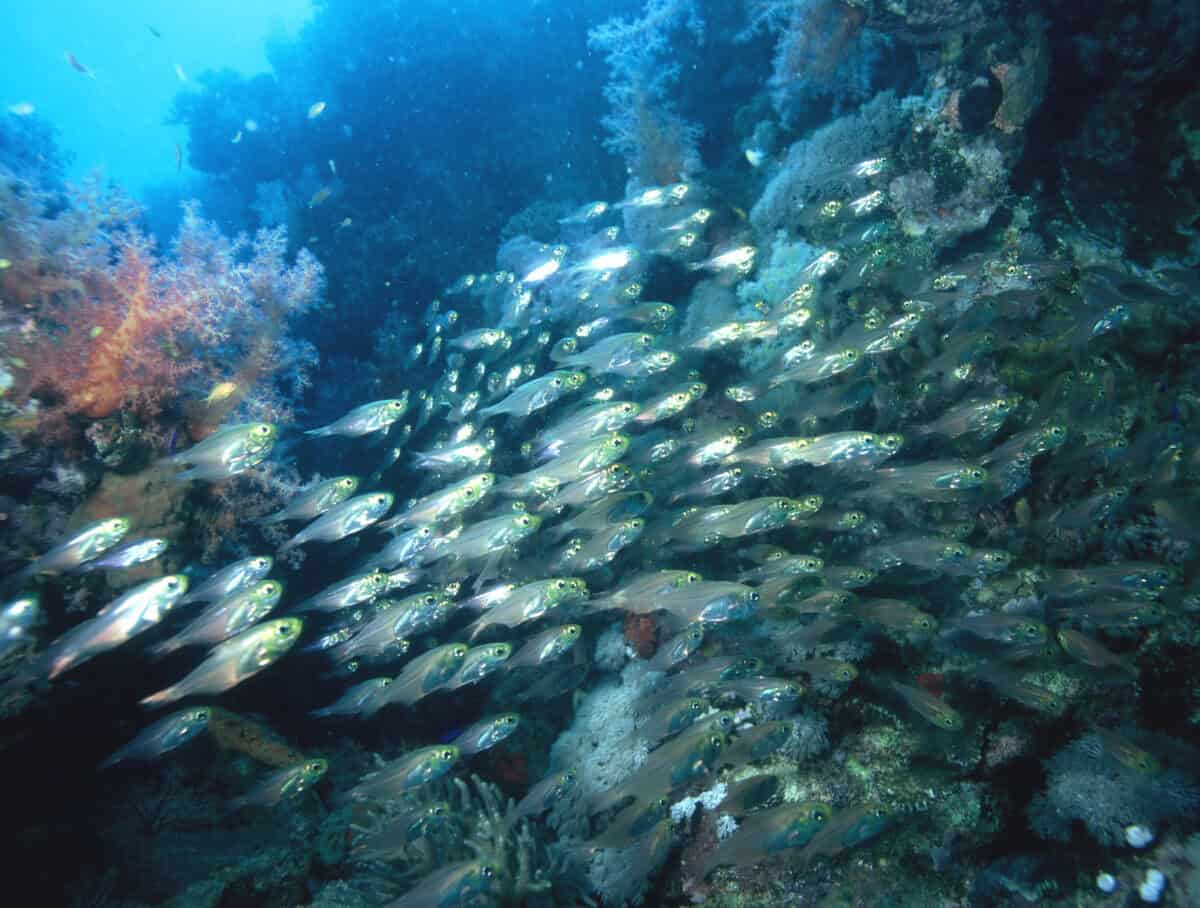In the mysterious depths of our planet’s waters, nature has crafted some of the most extraordinary biological adaptations. Among these wonders is a remarkable group of fish species that possess transparent skin—an adaptation so unusual it seems almost otherworldly. These translucent creatures have fascinated scientists and aquarium enthusiasts alike, offering glimpses into their internal anatomy that would otherwise remain hidden. Through evolutionary brilliance, several fish species have developed transparent skin and bodies, allowing us to witness their blood flow, organs, and even skeletal structures in real-time. This fascinating adaptation serves various purposes, from camouflage in open waters to energy conservation in low-light environments. Let’s dive into the remarkable world of transparent fish and explore the science, species, and significance behind their see-through existence.
The Science Behind Transparency
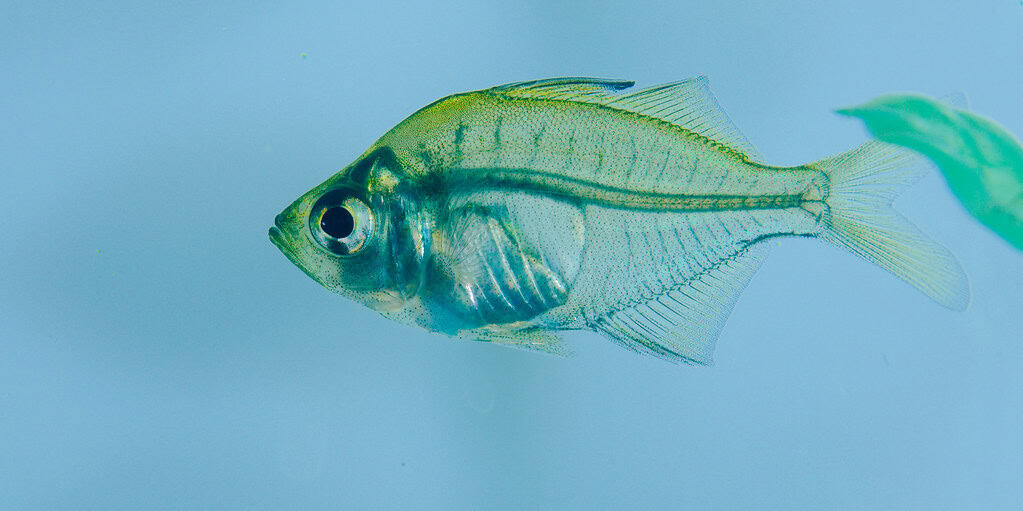
Transparency in fish isn’t simply the absence of color—it’s a complex biological adaptation involving specialized tissues and cellular structures. Essentially, transparent fish have tissues that minimize light scattering and absorption, allowing light waves to pass through their bodies rather than reflecting off them. This remarkable feature is achieved through several mechanisms: their skin and muscle tissues contain reduced pigmentation, their body proteins are arranged in ways that minimize light scattering, and they often have a reduced number of light-reflecting structures like scales.
Additionally, many transparent fish have special modifications to typically opaque organs like the heart or digestive system, making these structures either reduced in size or also partially transparent. Unlike glass or plastic, which are non-living transparent materials, these fish maintain their transparency while carrying out all the complex biological functions necessary for life—making their adaptation all the more remarkable from a scientific perspective.
The Evolutionary Advantage
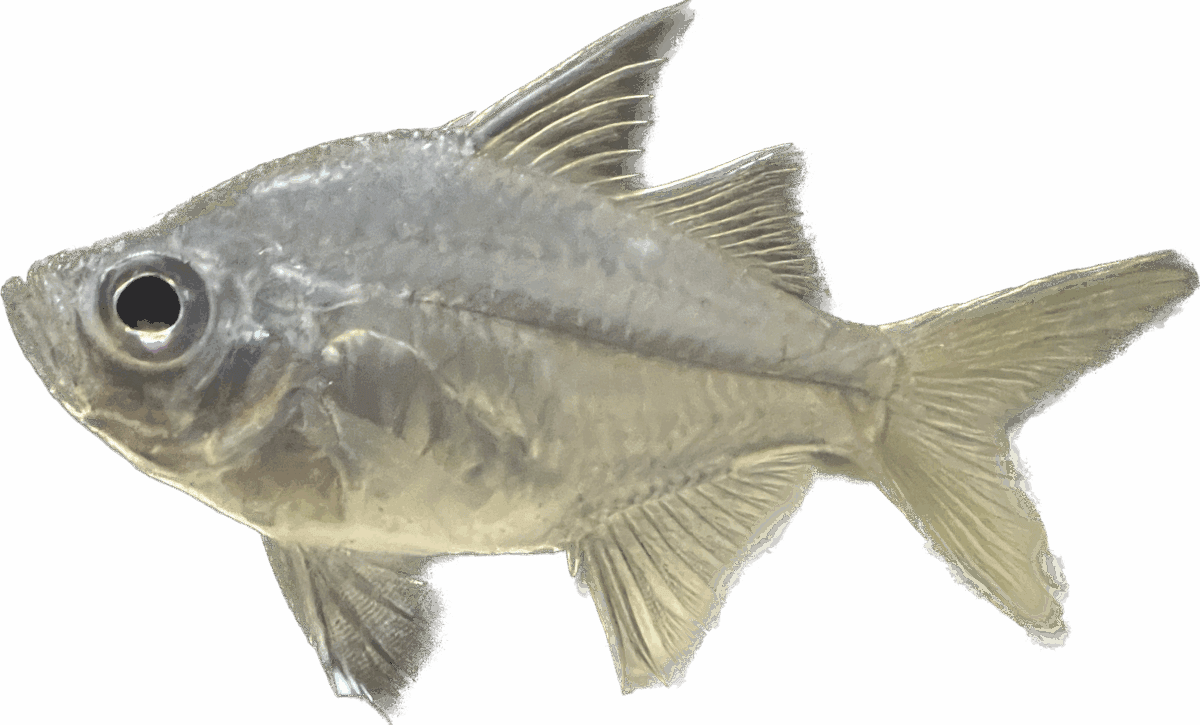
Transparency has evolved independently in multiple fish lineages, suggesting its significant adaptive value in various aquatic environments. The primary evolutionary advantage appears to be camouflage, particularly in open-water environments where there are few places to hide from predators. In the clear waters of the ocean’s pelagic zone or in freshwater lakes, a transparent body makes these fish nearly invisible to predators approaching from below, above, or the sides. This adaptation is particularly valuable for smaller species or juvenile fish that would otherwise be highly vulnerable.
Beyond camouflage, transparency may also offer energy conservation benefits. By not investing metabolic resources in producing and maintaining pigmentation, transparent fish can allocate energy to other vital functions like growth and reproduction. In deep-sea environments where light is scarce, transparency may be coupled with bioluminescence to create complex light displays without the interference of body pigmentation. These evolutionary advantages have made transparency a successful strategy across diverse aquatic ecosystems around the world.
The Glass Catfish: A Popular Transparent Species
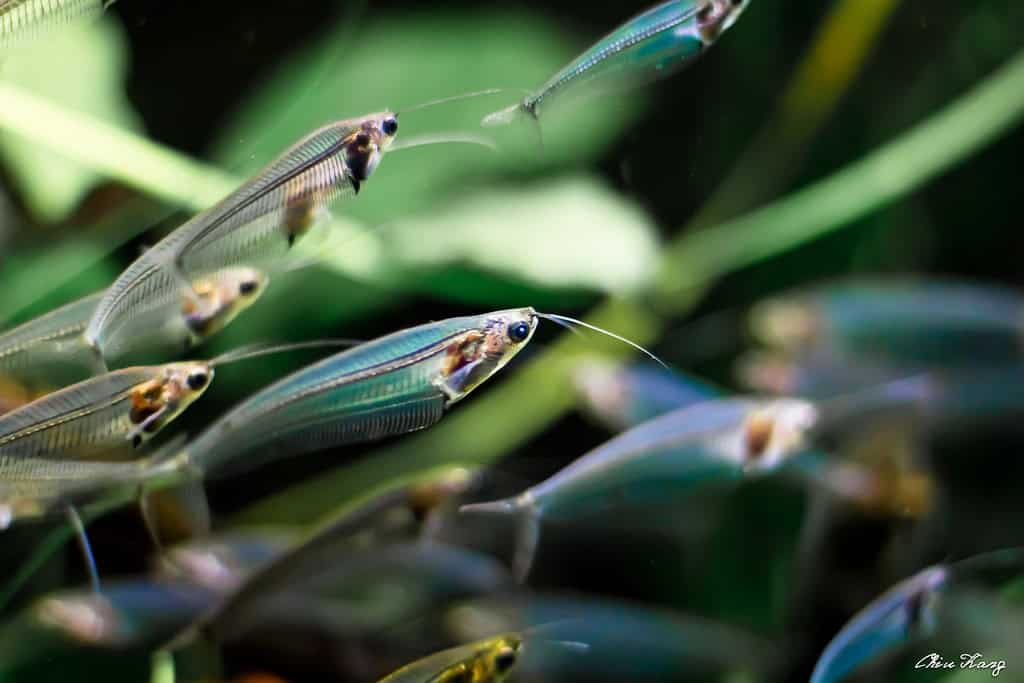
The Glass Catfish (Kryptopterus vitreolus), native to the slow-moving rivers of Thailand, represents one of the most striking examples of transparency in freshwater fish. Growing to about 3-4 inches in length, this slender species features an almost completely transparent body that reveals its spine and internal organs.
The only visible parts are typically its black-lined spine, small skull, and the distinctive barbels that give catfish their name. This transparency isn’t just a curiosity—it serves as effective camouflage in their natural habitat where they swim in loose schools. Glass catfish have become particularly popular in the aquarium trade precisely because of their unique appearance, offering hobbyists a living window into fish anatomy.
In captivity, these peaceful community fish thrive in groups of six or more, preferring slightly acidic water with subdued lighting that mimics their natural environment. Their transparent bodies make them not only fascinating to observe but also valuable for education about fish anatomy and physiology, as observers can watch blood circulating and food moving through the digestive tract in real-time.
The Remarkable Glassfish Family

The Glassfish family (Ambassidae) comprises several species of small, transparent freshwater and brackish water fish found primarily in Asia and Australia. The most well-known member, the Indian Glassfish (Parambassis ranga), displays an enchanting translucent body that reveals its skeletal structure and internal organs. What makes this family particularly interesting is their active, schooling behavior combined with their transparent bodies, creating shimmering, barely-visible formations in the water. Unfortunately, some specimens in the aquarium trade have been artificially dyed with bright colors (known as “painted glassfish”), a practice widely criticized for being harmful to the fish. In their natural habitats, glassfish typically inhabit slow-moving waters with plenty of vegetation, where their transparency helps them blend with their surroundings. Many species in this family exhibit interesting breeding behaviors, with males guarding eggs until they hatch. The combination of their dynamic swimming patterns, social behavior, and nearly invisible bodies makes the glassfish family a fascinating study in how transparency functions as both protection and a unique aesthetic quality in aquatic environments.
Deep Sea Transparent Wonders
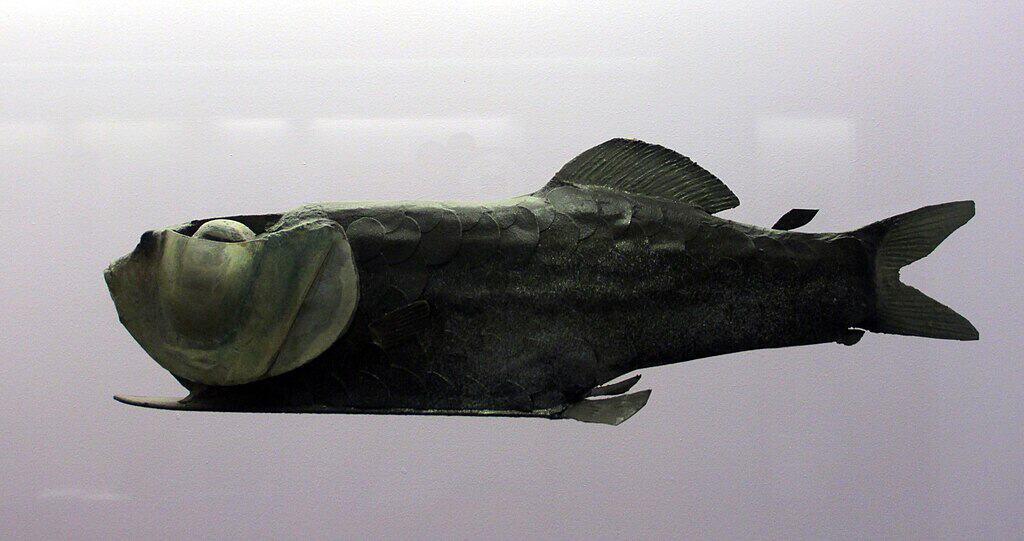
The deep sea hosts some of the most extraordinary transparent fish species, adapted to the unique challenges of this extreme environment. The barreleye fish (Macropinna microstoma) features a transparent dome-shaped head that houses its tubular, highly sensitive eyes, allowing it to look upward for prey while its body remains in a horizontal position.
The deep-dwelling barreleye fish develops a completely transparent body during its early life stages, making it nearly undetectable in the midnight zone of the ocean. Another remarkable example is the transparent juvenile Polka-dot Cardinalfish, which gradually develops its distinctive spotted pattern as it matures. These deep-sea transparent species often combine their see-through qualities with bioluminescence, creating a fascinating interplay between light production and light transmission through their bodies.
Unlike their shallow-water counterparts, many deep-sea transparent fish must contend with extreme pressure, near-freezing temperatures, and almost complete darkness, making their transparent adaptations even more specialized. Scientists studying these creatures often face challenges preserving their transparency after collection, as the delicate structures that create transparency can be damaged or altered when the fish are brought to the surface.
The Ghost Knifefish: Transparency in Amazonian Waters

The Ghost Knifefish (Apteronotus albifrons) from the Amazon River basin represents a unique variation on transparency in fish. While not completely transparent like some other species, these nocturnal predators feature a semi-transparent tail region that creates an ethereal, ghost-like appearance that inspired their common name.
This partial transparency, combined with their black body and white stripe, creates a disorienting visual effect that may confuse predators in the murky Amazonian waters. What makes Ghost Knifefish particularly fascinating is their ability to generate and sense weak electrical fields—an adaptation called electrolocation—allowing them to navigate and hunt in complete darkness. Their transparent tail section may play a role in this electrical system by reducing interference with their bioelectric field.
In aquariums, Ghost Knifefish demonstrate remarkable intelligence and can recognize their keepers and learn feeding routines. Their combination of partial transparency, electrical sensing, and nocturnal behavior makes them one of the most intriguing examples of how transparency can be integrated with other specialized adaptations to create highly successful predatory fish in challenging environments.
Larval Transparency: A Temporary Adaptation

Many fish species that aren’t transparent as adults pass through a transparent larval stage, highlighting the evolutionary importance of this adaptation during vulnerable life phases. After hatching, the larvae of numerous marine fish species—including many commercial species like cod, haddock, and tuna—exist in a transparent state as they drift in the ocean currents.
This transparency serves as crucial protection during this highly vulnerable stage when swimming abilities and other defense mechanisms are undeveloped. The juvenile stages of eels, particularly the leptocephalus larvae of European and American eels, exhibit extreme transparency with leaf-like, ribbon-shaped bodies that are nearly invisible in open water. These transparent larvae can drift for months or even years before developing pigmentation as they approach adulthood and their eventual freshwater habitats.
The transition from transparency to opacity typically coincides with other developmental milestones, such as improved swimming ability, habitat shifts, or changes in feeding strategies. Studying these temporary transparent phases has provided scientists with valuable insights into fish development, migration patterns, and the ecological importance of different life stages in marine ecosystems.
Challenges of Maintaining Transparent Physiology

Maintaining transparent tissues presents unique physiological challenges that transparent fish have evolved specialized mechanisms to overcome. One fundamental challenge is digestion—how can a fish process food, which is inherently opaque, while maintaining transparency? Many transparent species have developed specialized digestive systems that are either reduced in size, partially transparent themselves, or positioned to minimize visibility.
Blood presents another challenge, as the hemoglobin that carries oxygen typically gives blood its red color. Some transparent fish have evolved reduced blood vessel networks in outer tissues or have blood cells with modified light-scattering properties. Muscle tissue, which normally appears opaque due to its dense protein structure, requires special modification in transparent fish—their muscle proteins are arranged in patterns that minimize light scattering.
Additionally, transparent fish must protect their internal tissues from harmful UV radiation without the benefit of pigmentation that typically provides this protection in other species. Perhaps most remarkably, transparent fish must accomplish all this while still performing all standard fish functions—swimming, eating, reproducing, and responding to environmental stimuli—making their transparent adaptation an extraordinary balance of form and function.
Swamp Dwellers: Transparency in Murky Waters

Surprisingly, transparency has evolved not only in clear open waters but also in some of the most turbid environments on Earth—swamps and blackwater systems. The Asian Glass Perch (Parambassis siamensis) inhabits the murky, tannin-stained waters of Southeast Asian swamps and demonstrates remarkable transparency despite living in waters that are often the color of tea.
This seemingly counterintuitive adaptation may be explained by the dappled light patterns in these environments—against the dark background of tannin-rich waters, with light filtering through overhead vegetation, a transparent body breaks up the fish’s outline more effectively than either light or dark pigmentation would. The African Leaf Fish, while not completely transparent, exhibits translucent fins that blend perfectly with decaying vegetation in its swamp habitats.
In South America’s blackwater tributaries of the Amazon, several species of transparent tetras have evolved, their clear bodies disappearing against the dark water when viewed from above by bird predators. These adaptations demonstrate the surprising versatility of transparency as a camouflage strategy across wildly different aquatic environments, from the crystalline waters of coral reefs to the darkest swamps and blackwater systems.
Keeping Transparent Fish in Aquariums
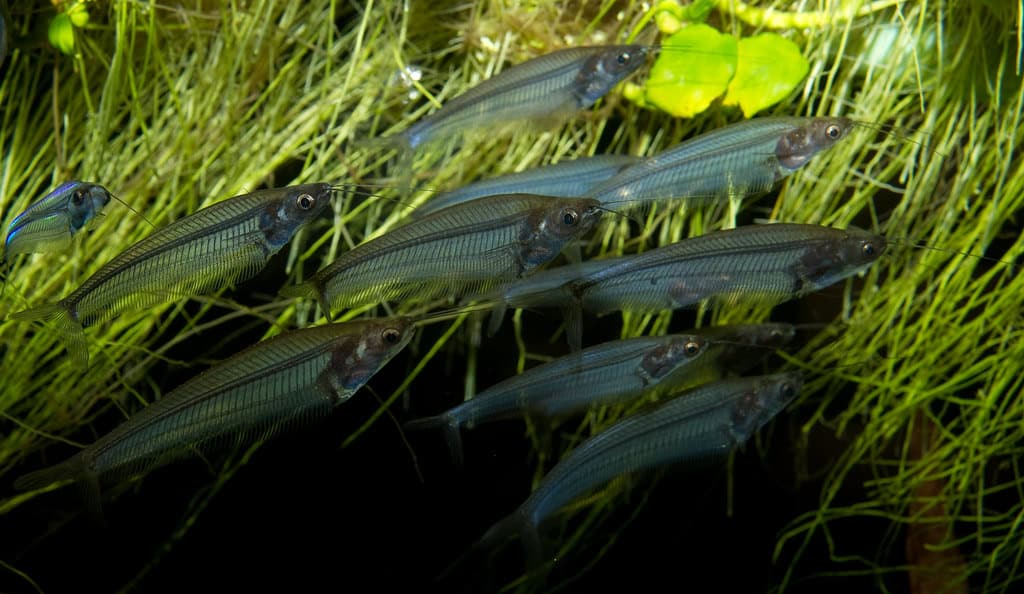
Maintaining transparent fish in home aquariums presents unique challenges and rewards for aquarists. These delicate creatures often require specialized care to maintain both their health and their transparency. Water quality is paramount—even minor fluctuations in parameters can stress transparent fish, potentially affecting their translucent appearance.
Most species benefit from subdued lighting that mimics their natural habitats, as harsh direct light can cause stress and may make it harder to appreciate their transparency. Diet plays a crucial role too; high-quality foods not only support overall health but can maintain the clarity of their tissues. Many transparent species are schooling fish that require groups of six or more to feel secure, exhibit natural behaviors, and show their best coloration—or lack thereof.
Aquascaping for transparent fish often works best with natural backgrounds and substrates that allow these fish to stand out visually, with dark backgrounds particularly effective at highlighting their unique appearance. Potential tankmates should be chosen carefully, avoiding aggressive species that might stress these often peaceful fish. With proper care, transparent species like glass catfish, glassfish, or ghost knife fish can create a truly distinctive display that showcases one of nature’s most unusual adaptations.
Scientific Research and Transparent Fish

Transparent fish have become invaluable models in scientific research, offering unique advantages across multiple fields of study. In developmental biology, species like the zebrafish (Danio rerio), which has transparent embryos and can be genetically modified to maintain transparency into adulthood, allow scientists to directly observe organ development, cellular processes, and genetic expression in living specimens without invasive procedures.
Neuroscientists utilize transparent fish to study neural circuit formation and brain activity in real-time, visualizing the firing of neurons and the formation of neural pathways during various behaviors. In cancer research, transparent fish models enable researchers to track tumor growth, metastasis, and the effectiveness of treatments by directly observing these processes through the animal’s body wall. Conservation biologists study transparent life stages of commercial fish species to better understand early mortality factors and improve fisheries management.
The optical properties that create transparency are themselves subjects of research, with potential applications in materials science and biomedical engineering. Advanced imaging techniques like light sheet microscopy have been developed specifically to take advantage of transparent organisms, further enhancing their research value. As genetic tools become more sophisticated, researchers can now create selectively transparent fish where specific organs or tissues can be observed while others remain opaque, opening new avenues for targeted research applications.
Conservation Concerns for Transparent Species
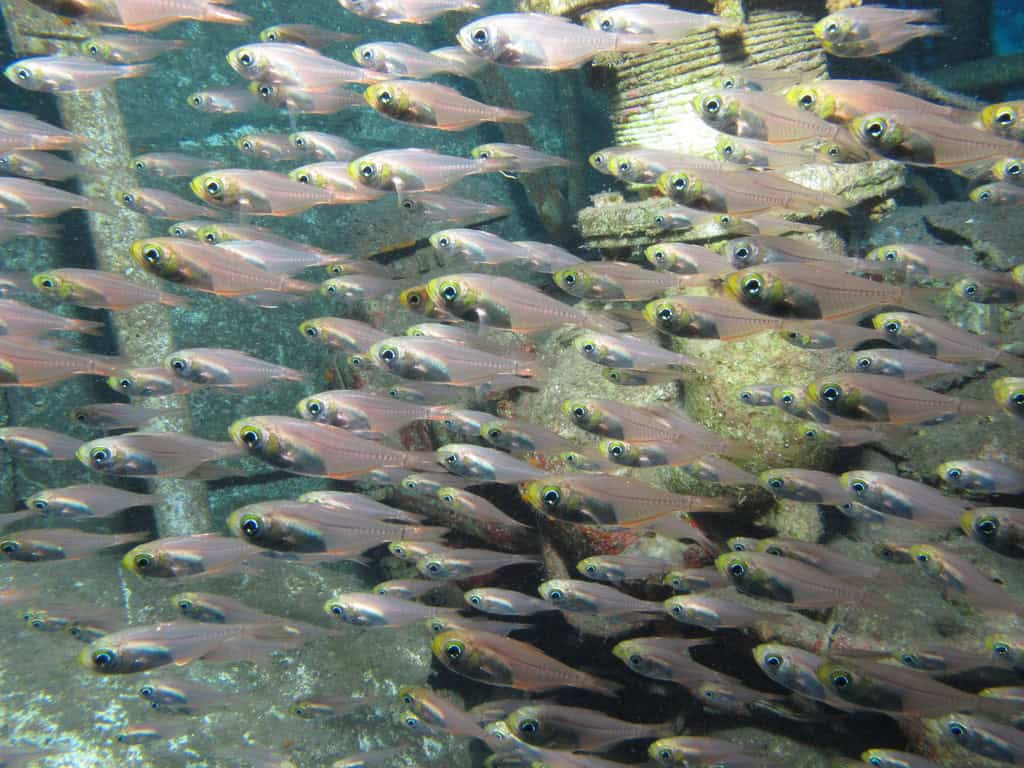
Despite their fascinating adaptations, many transparent fish species face significant conservation challenges in the wild. Habitat degradation poses a particular threat to these specialized creatures, as many transparent freshwater species inhabit specific river systems or lake environments that are increasingly affected by pollution, damming, and agricultural runoff.
The water conditions that support transparency—often clear, pristine waters with specific pH levels and mineral content—are precisely the environments most vulnerable to human impacts. In the marine realm, ocean acidification and warming may affect the delicate physiological mechanisms that maintain transparency in deep-sea species. The aquarium trade presents another concern; while captive breeding programs exist for some popular transparent species like glass catfish, others are still primarily wild-caught, potentially putting pressure on natural populations.
Additionally, their unique appearance has led to harmful practices like artificial dyeing of some transparent species, causing unnecessary stress and health problems. Research into the specific conservation needs of transparent fish remains limited, partly because many species inhabit remote or deep-water environments that are difficult to study. Conservation strategies need to incorporate the specific adaptations and environmental requirements of transparent fish, recognizing that their specialized physiology may make them particularly vulnerable to environmental changes that might be less problematic for more conventionally adapted fish species.
Conclusion: Nature’s Living Windows

Transparent fish represent one of nature’s most remarkable evolutionary innovations—living windows into the intricate workings of vertebrate life. Their see-through bodies stand as testament to the power of natural selection to craft solutions that seem almost magical in their execution. From the molecular arrangements that allow light to pass through living tissue to the specialized adaptations that maintain function while achieving invisibility, these fish demonstrate nature’s engineering at its most sophisticated.
The diverse environments where transparency has evolved—from crystal-clear tropical waters to murky swamps, from shallow freshwater streams to the darkest depths of the ocean—showcase the versatility of this adaptation across wildly different ecological contexts. As we continue to study these extraordinary creatures, they offer not just scientific insights but also a philosophical reminder of how much remains invisible to casual observation in our natural world. In transparent fish, nature has created not just a masterpiece of adaptation but also a living metaphor for the hidden complexities that exist within even the seemingly simplest organisms.
- 13 Ways to Keep Your Indoor Cat Entertained - August 17, 2025
- How This Giant Predator Ruled the Ocean 200 Million Years Ago - August 17, 2025
- Pterosaurs Had Fur, Not Feathers - August 17, 2025

